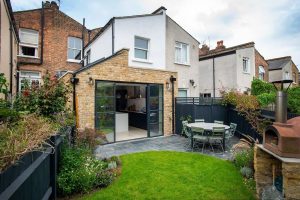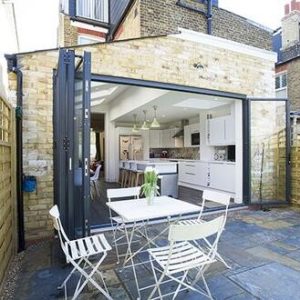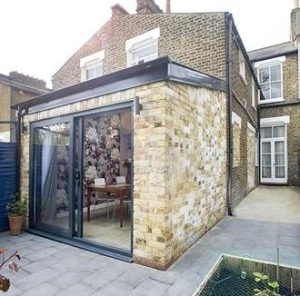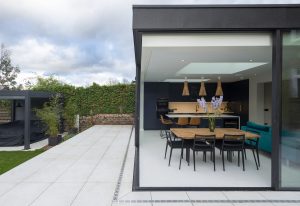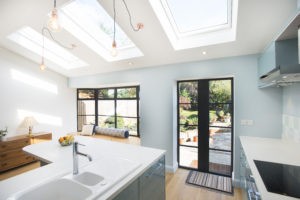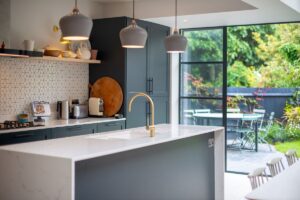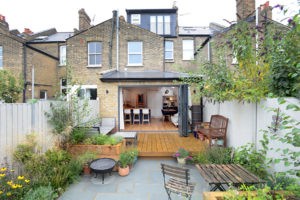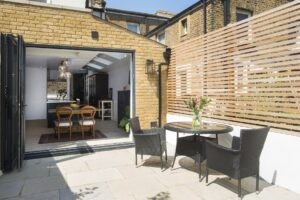Chimney breasts were once a significant feature in traditional homes, built with functionality in mind, they housed an open fire and chimney flue to keep residents warm in the colder months. Found in almost every room in the house before central heating systems were created, they are a significant feature of pre-war housing. However, as central heating has become more and more efficient the requirement for fireplaces has diminished and many have been removed and blocked up leaving just the chimney breast in place.
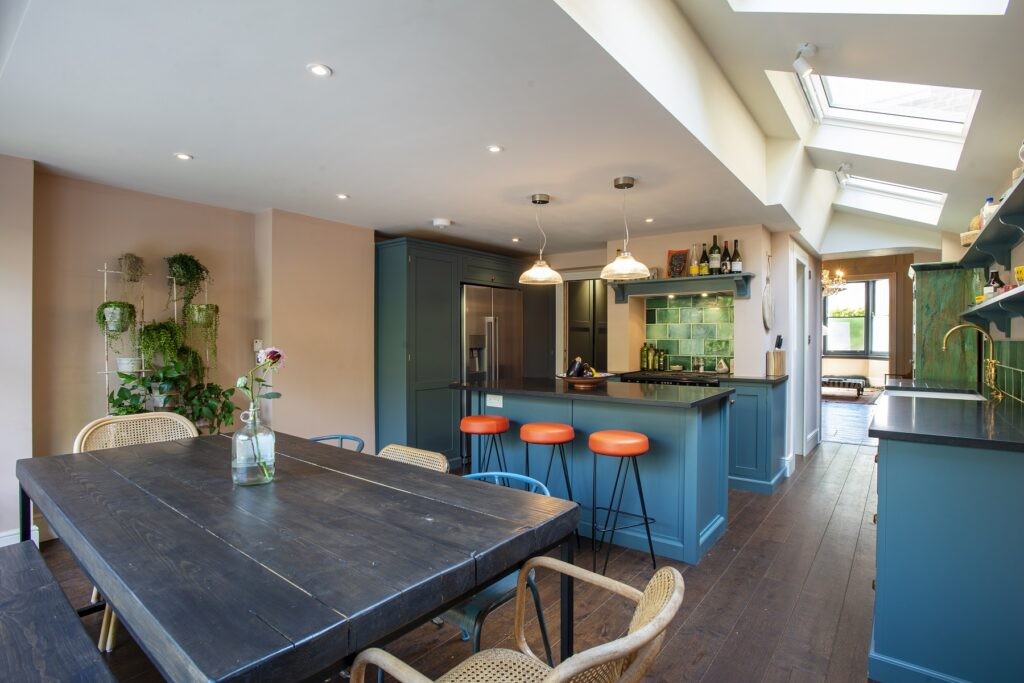
Although the need for a fireplace may have decreased the demand for space has increased, particularly in cities like London, where every square meter is valuable. As a result, chimney breast removal is becoming a more and more popular way of increasing your internal space. The most obvious option is to fully remove the chimney, but if you want to retain that traditional feel in your home, or the additional cost of removing the chimney is out of budget, then keeping the breast and making a feature of the design is an option to consider. This blog runs you through some of the design various available to you.
Removing your Chimney
First up we of course have full chimney removal. This does require steel beams and isn’t as simple as you might hope – think of your chimney as the ‘spine’ of your house – it supports much more than what you notice. If the chimney is fully taken out the wall and ceilings around it will need to be structurally supported, adding an additional cost to your Build. The cost to remove a typical chimney will be approximately around £2000 + VAT but this does vary depending on the size and specification of the works required.
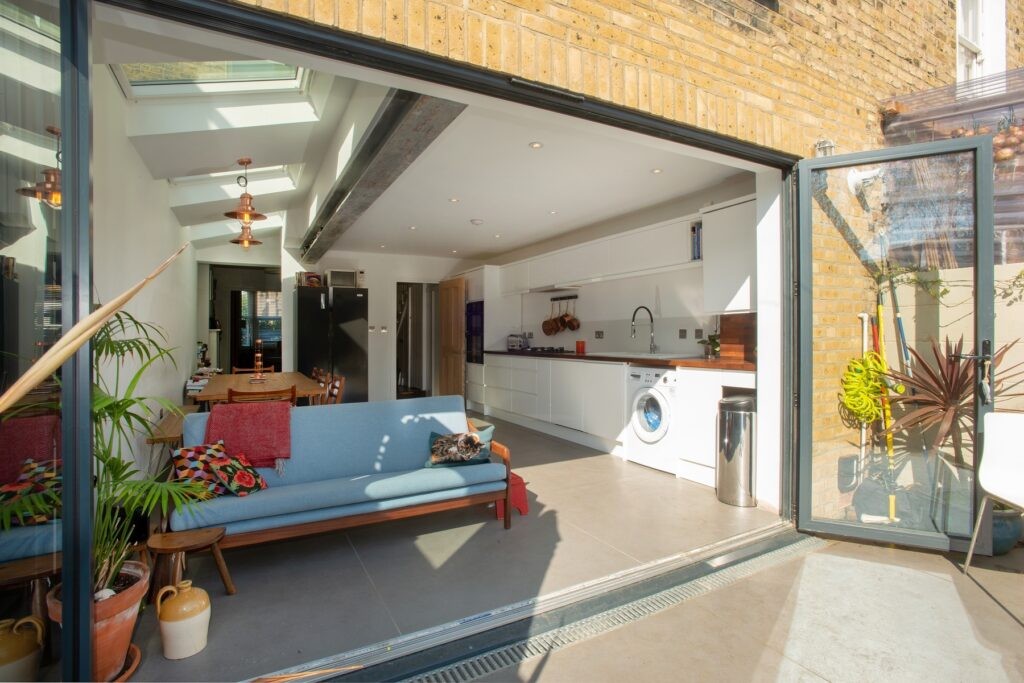
If you choose to remove the entire chimney, from the fireplace to the roof stack, then steel support beams and pad stones will need to be incorporated into the design. This is to support any masonry above and ensure stability within the building. The preferred method of supporting a stack is to use a steel beam which is then supported on suitable load bearing walls. This makes a kitchen extension the perfect time to undertake a chimney removal, as you’ll be ripping everything out anyway and incorporating additional steel frames throughout to create the new extension.
Conservation Rules
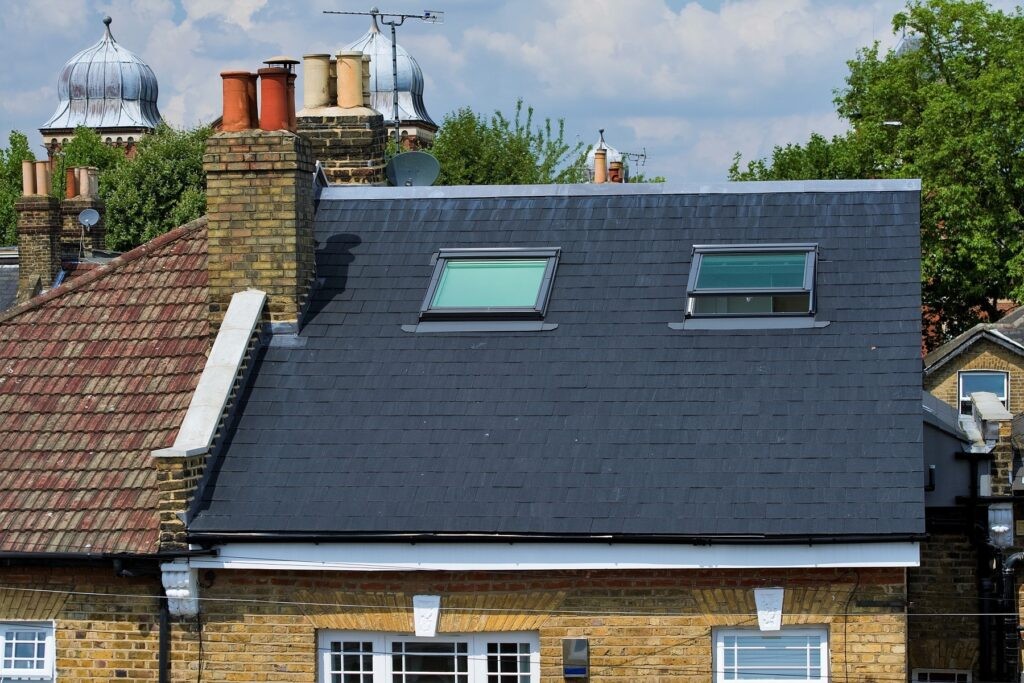
If your property is within a conservation area, your local council may make it a requirement that the chimney above the roof line remains intact in order to retain the visual heritage of the area. For listed buildings, this is most certainly a requirement – unless you can argue that removing the chimney enhances the functionality of the building. If this is the case, don’t worry we can still remove the chimney breast internally and support the external feature with gallow brackets or additional steel to maintain the visual impression from the street scene.
Chimneys in Kitchens
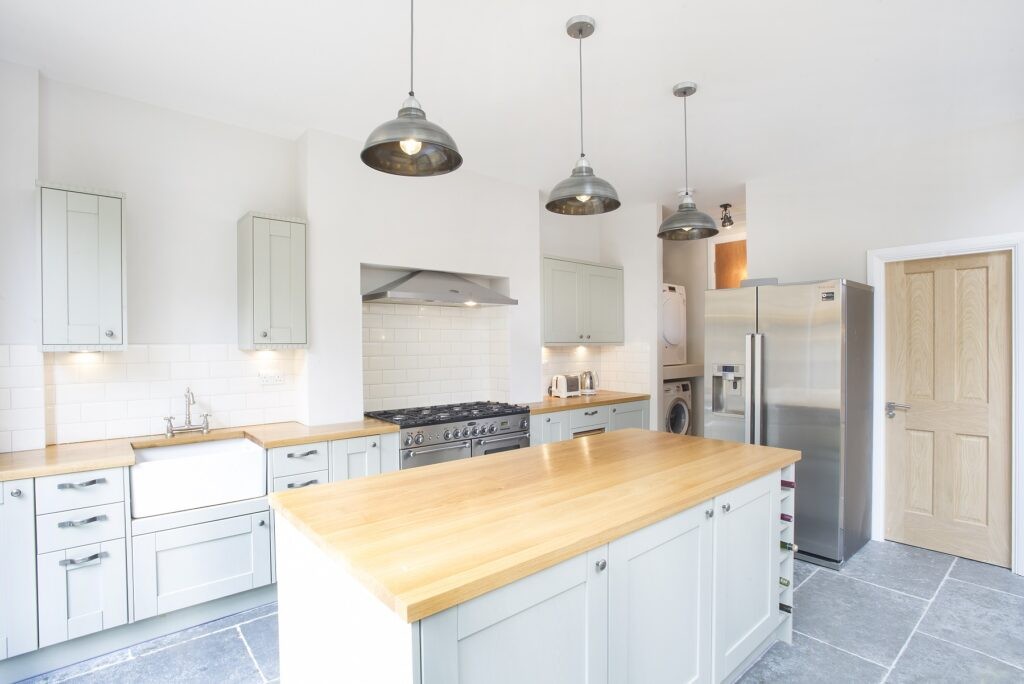
Should you decide the cost of removing the chimney is out of budget or you want to retain an element of period character in your kitchen, then it is worth considering how the chimney breast can be incorporated into the design. One of the most popular design trends is to create a larger opening where the fireplace would have originally been and incorporate a recessed oven. This is what our clients in Camberwell SE5, decided to do, they have created a little ‘cove’ to house their oven and hob, while the remaining chimney breast has helped to hide unsightly items such as the extractor fan. For more character a mantel can be added above to give the space a Country or Victorian kitchen vibe.
Feature Fireplace
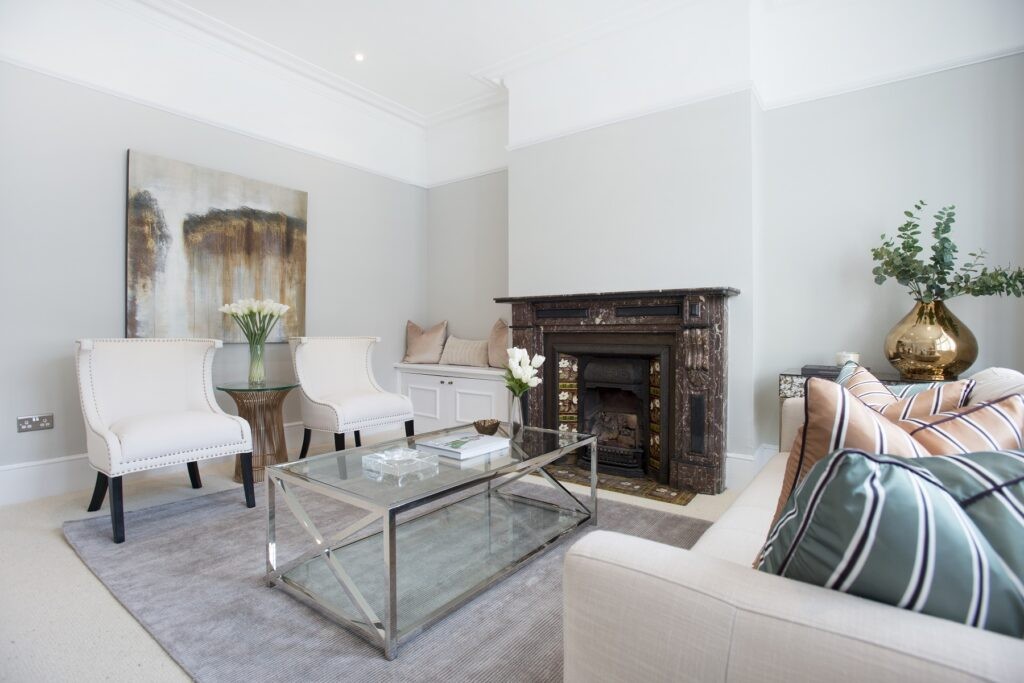
Keeping your chimney as a feature is also an option, there are wondrous options available to utilise the space and decorate around it. By keeping the fireplace as it is, or reinstating it as an open fire can give the space character and charm. There is a vast array of original or reproduction inserts available in all shapes, sizes and styles so you can match your taste, the period of your home and other original features. Alternatively, for a cometary twist on the open fire, strip back the opening and insert a log burner, a multitude of styles are available for whatever look you want to achieve.
Built in Storage
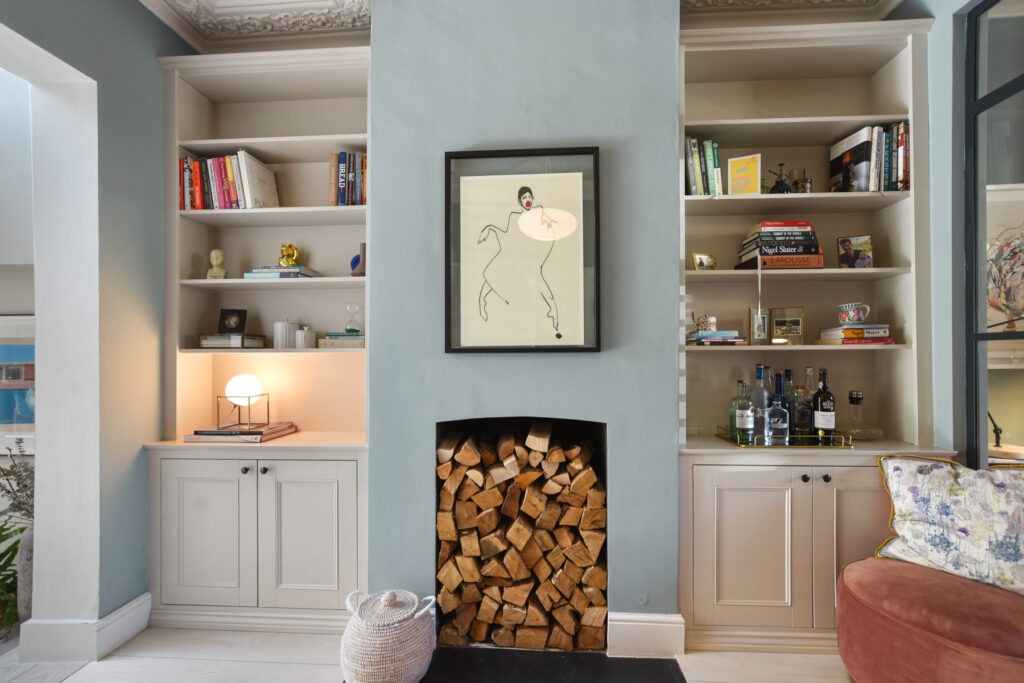
Adding shelving on either side of the chimney stack can create some slick looking storage that appears to be recessed into the wall. Additional shelving and storage is always beneficial, particularly in bedrooms and living spaces so this is a great way to hide the appearance of a chimney; however, it does take away valuable floor space. Our clients in N4 have had made to measure units installed either side of the chimney to make the most of the space, in traditional period homes these can add heaps of character too!
Our Design Team are always on hand to advise on all things design related – so don’t panic if you’re not sure what you want to do. If you are looking to undertake a Home Extension or Loft Conversion to your home then just get in touch today by emailing us at hello@buildteam.com or booking a Design Consultation with one of the Architectural Designers by following this LINK.


